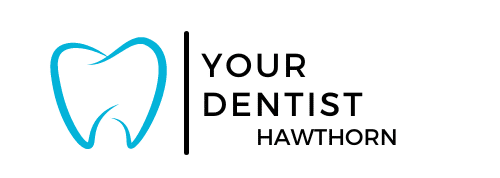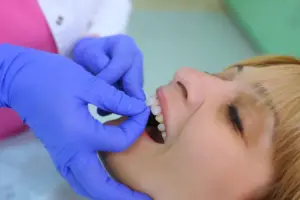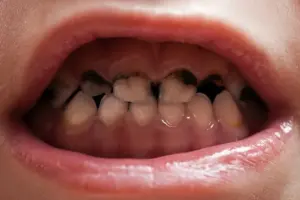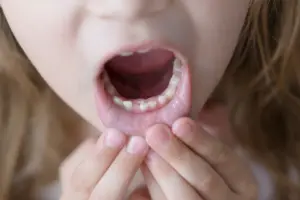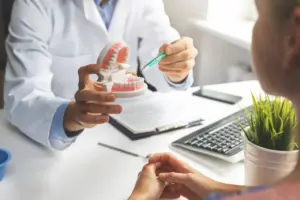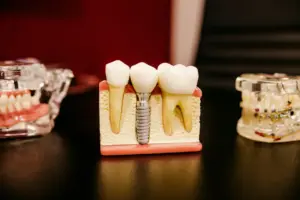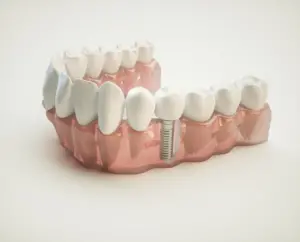The History Of Dentistry
Table of Contents
ToggleIntroduction
Dentistry is the area of medicine that focuses on the teeth, gums, and mouth. It is sometimes referred to as dental medicine and oral medicine. It includes the investigation, diagnosis, prevention, treatment, and management of illnesses, ailments, and disorders in the mouth, with a common emphasis on dentition (the growth and placement of teeth) and the oral mucosa. Dentistry may also deal with the temporomandibular joint and other components of the craniofacial complex. Its practitioner is referred to as a dentist.
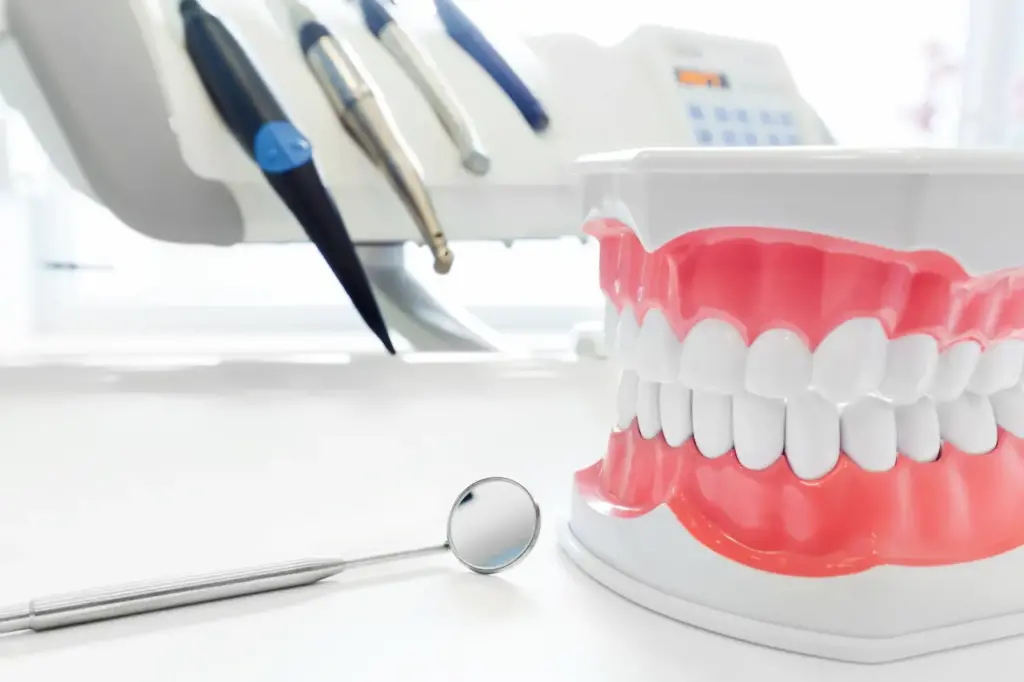
With the oldest records spanning from 7000 BC to 5500 BC, the history of dentistry is nearly as old as the history of humanity and civilization. According to popular belief, dentistry was the first medical specialty to establish its own recognized degree and subspecialties. For this reason, the phrases “dental” and “stomatology,” which refer to the study of the mouth and its illnesses and disorders, are sometimes used synonymously in some areas. Stomatology is a medical specialty that is now mostly obsolete. But to achieve some specialties, including oral and maxillofacial surgery (facial reconstruction), one may need a degree in both medicine and dentistry. The profession of barber surgeons is thought to have given rise to dentistry throughout European history.
Dental treatments
Practices related to the oral cavity are typically included in dentistry. Because oral disorders are so prevalent worldwide—affecting the poor more than other socioeconomic groups—the World Health Organization considers them to be serious public health issues.
Dental caries, tooth decay, and periodontal disease, sometimes known as gum disease or pyorrhea, are the two most prevalent oral disorders. Most dental treatments are performed to prevent or treat these conditions. Dental restorations, surgical tooth extractions, scaling and root planing, endodontic root canal therapy, and cosmetic dentistry are among the common treatments.
Due to their general training, dentists are capable of performing most dental procedures, including examinations, radiographs (x-rays), diagnosis, and restorative (fillings, crowns, bridges), prosthetic (dentures), endodontic (root canal), periodontal (gum), and extraction of teeth. In addition, dentists are authorized to prescribe any pharmaceuticals needed for patient care, including sedatives, antibiotics, and other items. General dentists may need to finish further training to conduct sedation, dental implants, etc., depending on their licensing boards.
Dentistry in earlier times
Although the art of healing has several subfields now, this was not always the case in the past. There was no need for specialists because most things were resolved broadly. In time, this would not remain the same.
As far as we know, superstition was formerly thought to be the cause of oral illness. They needed to appease a supernatural force with sacrifices and other religious rites for them to heal. Therefore, priests and other holy figures cured anomalies
Dentistry and Chinese History
The Chinese created several remedies centered on the boiling of natural resources and herbal plants. Additionally, gum problems and toothaches were treated with acupuncture. For toothaches, about 26 puncture sites were used, and for gum issues, about 6.
Not all 26 puncture sites, nonetheless, were found around the mouth and teeth. In fact, the ancient Chinese approach recognized that dental issues weren’t necessarily directly related to the mouth. Numerous “alternative” kinds of healthcare acknowledge that it may have originated in a different part of the body.
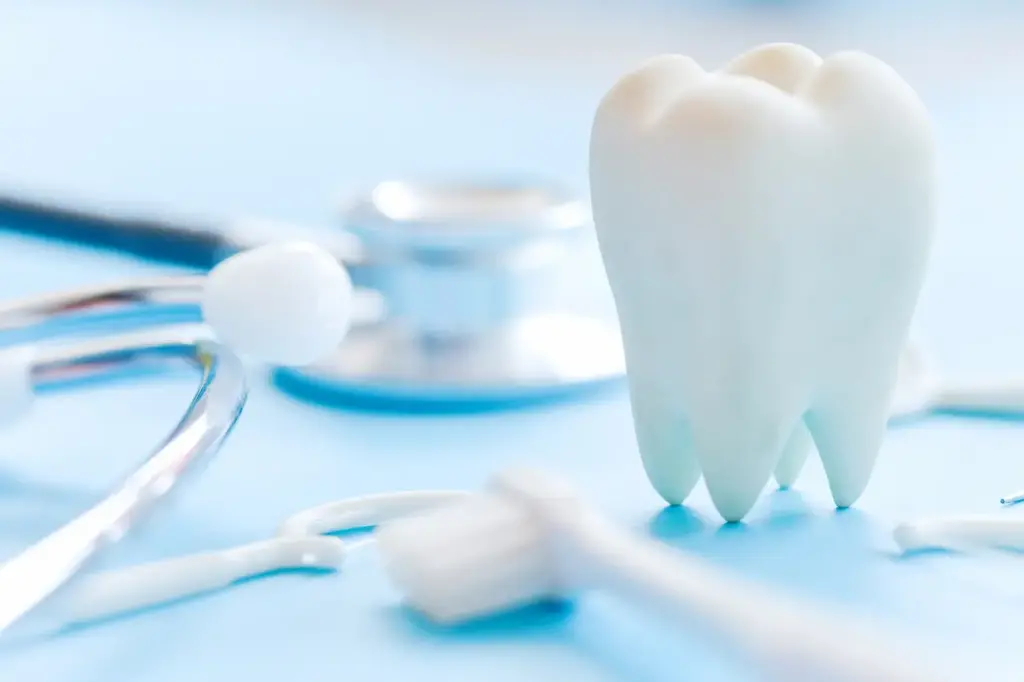
Dentistry and Greek History
When searching for the earliest dental thinkers, Asclepius, Aristotle, and Hippocrates are the ones to consult if your search is restricted to Greek society. Asclepius was a real person as well as the Greek deity of medicine. He extracted teeth in one of his early dental procedures using a device called a “plumbeumodontagogoon.”
Hippocrates and Aristotle wrote on dentistry between 500 and 300 BC. They covered topics like tooth eruption patterns, gum disease, and decay treatment, using forceps to remove teeth, and employing wires to anchor loose teeth and broken jaws. The Greeks started utilizing gold crowns and fixed bridgework in their techniques in 170 AD.
The Dentist as a New Profession
Although it had been done for a long time, the dental profession didn’t truly exist until the latter decades of the first millennium. For instance, Hippocrates was regarded to as the Father of Medicine in a broader sense even though it is thought that he introduced the first scientific understanding of dentistry.
The Arabs
The first civilization to formally acknowledge dentistry as a profession was the Arabians. Born around 980 AD, one of the most famous dentists was Avicenna. To treat any kind of persistent tooth pain, he drilled holes in teeth and filled them with medication.
One of the earliest publications with dental device representations was released a few while later, circa 1100.
Monks and Barbers
In the past, monks and priests were the most common individuals to do surgery. This may be the case because there was still a belief that teeth rot had a holy source. But about the year 1150, the monks were forbidden from doing any kind of surgery. Needless to say, this also involved dental work.
The jobs that the priests and monks had previously completed were taken over by barbers. not just concerning oral surgery but about surgery in general.
There are two categories of barbers: barber-surgeons, sometimes known as lay barbers, and surgeons, who are trained and educated to undertake intricate surgical procedures. The latter carried out more standard hygiene procedures like bleeding, shaving, and tooth extraction.
This is the immediate ancestor of the red, white, and blue pole that is frequently seen outside of barbershops. The barber pole’s appearance is associated with bloodletting, where white bandages are used to stop the bleeding and red represents blood. The color of the veins is most likely related to the blue hue.

Dentistry in the 16th Century Onwards
The dental profession and practice saw tremendous advancements in the sixteenth century. Pierre Fauchard wrote The Surgeon Dentist, A Treatise on Teeth, among other books. The comprehensive system for the practice of dentistry was genuinely first described in this book. Fauchard is recognized as the Father of Modern Dentistry as a result.
Before 1800, dental instruments were useful outside of the field, but an increasing number of tools were created with dentists in mind starting around that time. Among these are the first dental foot engine and the first chair designed with dental patients in mind.
The first scientific journals dedicated to dentistry were produced between 1800 and 1900. Additionally, the first dental X-ray was produced, and orthodontists’ specialization spread.
Conclusion
The history of dentistry is evidence of people’s unwavering quest for dental health and oral hygiene. This voyage represents changes in culture and society across time, as well as advances in medical knowledge, from the primitive dental procedures of ancient civilizations to the advanced techniques and technologies of modern dentistry. Dentistry has progressed from extracting teeth to providing complete oral healthcare that includes restorative, preventive, and cosmetic operations through innovation and scientific discoveries. The dental field has become more specialized, with dentists specializing in areas like periodontics, endodontics, and orthodontics.
The history of dentistry provides a solid basis for future advancements and improvements in oral healthcare, guaranteeing that people everywhere can enjoy better smiles and higher quality of life.
